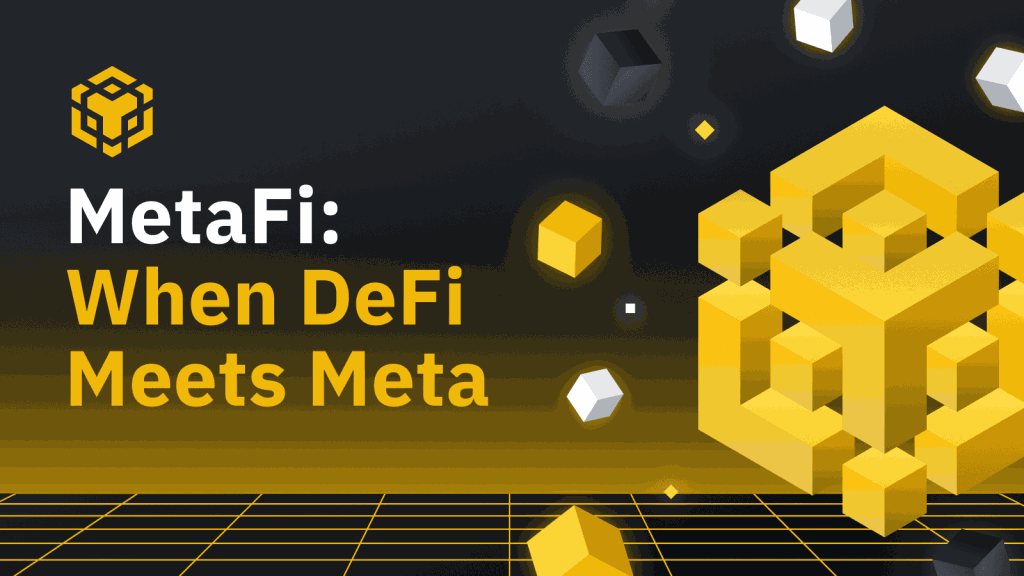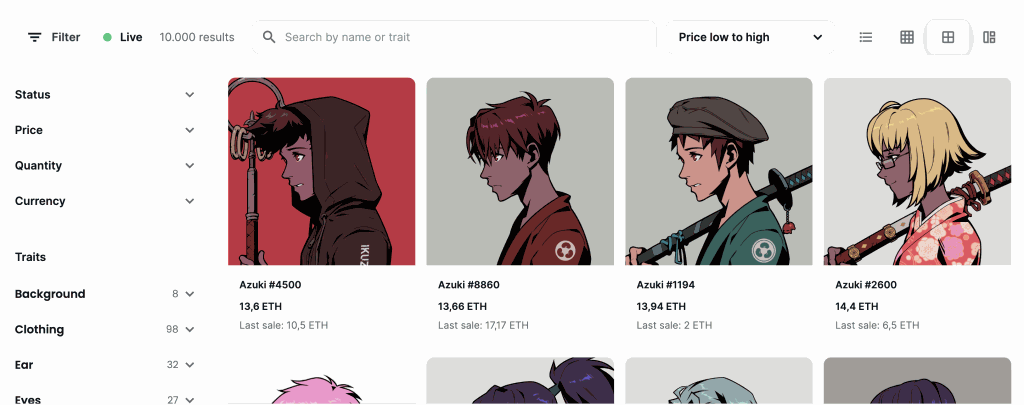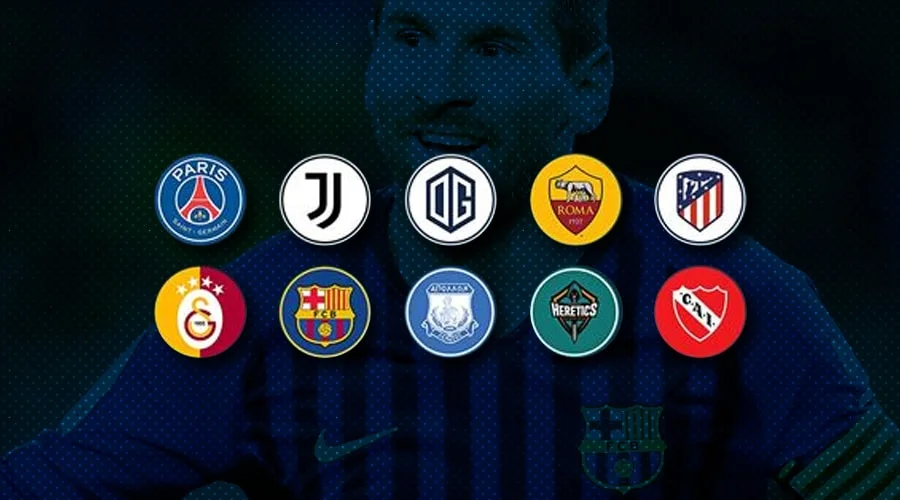
On February 15, 2022, Binance announced the merger of two chains: Binance Chain and Binance Smart Chain (BSC). This merger resulted in the creation of BNB Chain and the launch of the MetaFi concept.
MetaFi aims to build the infrastructure that powers the virtual economy and the real world. In this article, we will learn more about MetaFi and explore its prospects.
What is MetaFi?
MetaFi is a combination of two concepts: “Meta,” which stands for metadata, and “Fi,” which refers to decentralized finance (DeFi). The goal of MetaFi is to standardize blockchain technology for traditional Web2 applications. Doing so will establish a common standard that enhances interoperability between various applications.
MetaFi provides DeFi infrastructure for different project types through metadata that determines asset ownership, such as Metaverse, GameFi, SocialFi, Web3, and NFTs.
The idea behind MetaFi is to implement blockchain functions into a Meta ecosystem by leveraging metadata standards used on blockchain platforms. This enables interoperability within the ecosystem.
How does MetaFi work?
MetaFi comprises a combination of tokens, NFTs, and a DAO (Decentralized Autonomous Organization) governance community. Its goal is to build and develop a new ecosystem based on standardized metadata and digital assets. This ecosystem facilitates the mass adoption of Web3 and blockchain.
MetaFi comprises a combination of tokens, NFTs, and a DAO (Decentralized Autonomous Organization) governance community. MetaFi aims to build and develop a new ecosystem based on standardized metadata and digital assets that enable mass adoption of Web3 and blockchain. The combination of these components creates a fully parallel ecosystem that serves users from all over the world through blockchain. To improve interoperability, MetaFi leverages the presence of metadata for assets on most blockchains.
For example, an NFT’s metadata often contains an image link. Users can also add metadata to Bitcoin transactions to contain more information…
Creating metadata standards usable on any chain will make assets easily readable and classified.
Top 5 MetaFi Use Cases
Virtual world
A virtual world is a digital space that serves social, work, commercial, or gaming purposes that may or may not resemble the real world.

The virtual world will provide users a place to entertain, build houses or meet with friends.
Walmart, the largest sales company in the US, has painted a vision of shopping in virtual shops where users join the metaverse to shop for goods and services.
Marketplace
A decentralized marketplace allows users to issue, buy, and sell NFTs freely. Some notable marketplace platforms include Opensea, LooksRare, and Rarible…

Yield Farming NFT
Yield Farming NFT involves using NFTs as collateral to borrow or stake NFTs for profit. Users can also rent out NFTs to others. This activity contributes to increasing the value of NFTs.
Fan tokens
Fan tokens grant holders access to various benefits such as VIP community membership, voting rights, and participation in special events. Sports clubs, brands, and influencers can use the Binance Fan Token platform to grow fan communities and reward supporters.

The Metaverse Bank
When it comes to trading, storing, and presenting your digital assets and elevating your social profile as a trader or investor, MetaFi is a world without boundaries.
The metaverse bank will center every city in this digital, dystopian metaverse version of Earth. Citizens of MetaFi can check and manage their portfolios in the vault room of a building that belongs to them.

Current limitations of MetaFi
A full ecosystem built on information that frequently takes place in the virtual reality space is known as MetaFi. It has several specifications for both software and hardware, making it challenging for both common users and projects.
Where MetaFi functions and runs, blockchain presents additional difficulties, to provide users and developers with simpler access to the blockchain and dApps, blockchains must offer helpful tools, lower transaction fees, boost scalability, and raise the number of transactions if MetaFi is to expand.
In order to protect all participants, legality, clarity, and transparency are also crucial.
The future of MetaFi
Although MetaFi’s future is uncertain, several use cases are beginning to materialize. The decentralized identity management system will give users easy access to digital assets and their identities and will play a significant role in MetaFi.
A persistent issue with lengthy and intricate addresses can be resolved with naming services. These services will reduce human error.
Instead of needing to input a lengthy Ethereum address, users can send their tokens to a short address like BTAguru.eth.
Additionally, metaverse projects are being developed to link the physical and digital worlds so that people can interact, exchange ideas, create, and grow.
CONCLUDE
The above article has shared what MetaFi is. What do you guys think about MetaFi’s growth potential in the future? Please leave a comment below for everyone’s reference!
Hope the article provides you with useful information, and do not forget to follow the next articles from BTAguru.


